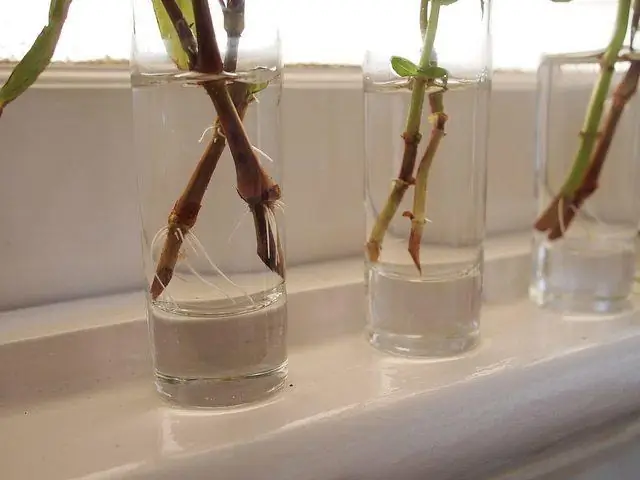
Table of contents:
- Author Bailey Albertson [email protected].
- Public 2024-01-17 22:26.
- Last modified 2025-06-01 07:32.
How to grow a peach from a stone at home or in the country

Peach is a very whimsical plant, demanding for heat and light, so many gardeners do not dare to start growing it even from prepared cuttings. But it turns out that growing a peach and getting a harvest of fruits is not so difficult if you adhere to certain rules. The most common way of reproduction of this plant is by planting seeds, and it is very important to follow the technology so that a strong sprout is obtained from the seed.
Content
- 1 Pros and Cons of Peach Bone Breeding
-
2 Preparatory phase
2.1 Gallery of peach varieties suitable for our latitudes
-
3 Growing at home
- 3.1 Stratification
-
3.2 Growing in a pot
3.2.1 Care instructions
- 4 Growing in the country
- 5 Video about growing peaches at their summer cottage
- 6 How to deal with diseases and pests
- 7 Pest Control Videos
Pros and cons of peach seed propagation
As you know, there is nothing ideal, and the seed method, with all its advantages, has disadvantages, which include the fact that varietal qualities are likely to be lost. This is due to the fact that the seed ovary is formed as a result of cross-pollination and subsequently the fruits may not have the qualities of the mother tree. To find out exactly the "sex" of a plant, you need to wait for its fruiting, and it comes in the fourth year of life.

Subject to planting rules and proper care, the peach will give an excellent harvest.
The advantage of seed propagation is that specimens that have grown from seeds are much more resistant to adverse environmental influences, low temperatures and diseases
Preparatory stage
First of all, it is important to choose the right planting material. Try to buy peaches that have been grown as close to where you live as possible. It is unlikely that seedlings from sprouted seeds of Turkish or Spanish varieties will take root in our latitudes. You should not even take on this business, since the probability of a positive outcome is extremely low.
If you get a strong seedling from such a bone, then in the open field it will most likely die with the onset of the winter cold. In addition, another problem is characteristic of imported planting material: such trees rarely bear fruit. You will get a wasteland, uselessly taking up space on the site or performing decorative functions at home.
When choosing planting material, pay attention to the fruit: it must be ripe, large and whole, without traces of rot and other similar damage

When choosing planting material, keep in mind that the peach must be ripe and intact.
It is very important to choose a peach variety that is most suitable for growing in our latitudes, sustainable and productive. This will give you some guarantees that the work will not be in vain. Best suited for planting:
- Early Rivers;
- White nectarine;
- Nobles;
- Winner;
- Early minion;
- Amsden;
- Pineapple nectarine.
Gallery of peach varieties suitable for our latitudes
-

Early Rivers - Early Rivers
-

Early minion -
Early minion
-

Winner - Winner
-

Nobles - Nobles
-

White nectarine - White nectarine
-

Pineapple nectarine - Pineapple nectarine
-

Amsden - Amsden
Growing at home
There are two easy ways to grow a seed peach at home. Let's consider each of them in more detail.
Stratification

Peach seed
- Take the seeds of the ripe fruit. Thoroughly clean them from pulp residues. Store in a cool, dark place for stratification throughout the winter.
- You need to stratify the bones in a small container, filling it with wet sand or sawdust. The container must be open.
- Stratified bones will begin to burst, and a sprout will hatch from them. It needs to be planted in a pot of fertile potting soil. You can cook it yourself by taking peat and humus in equal parts.
- After some time, the root system will form. After that, the formation of the tree itself will begin.
- Watch the soil. As soon as the earthen lump begins to dry out, water it moderately, avoiding an excess of moisture. At this point, place the plant in a place with good sun light so that growth does not slow down. In addition, the first time the temperature should be maintained at a level of +18 to +20 C °.
Growing in a pot
A method other than stratification and less time-consuming can be applied.
- Remove the seed from the fruit, rinse it and dry well.
- Open the bone and extract the seed from it. You can split the shell with a knife or hammer, only this should be done carefully so that the pulp of the seed is not damaged.
- Place the extracted seeds in warm water for 2-3 days. Water needs to be changed daily to fresh.
- After the expiration date, the seeds will swell and increase in size. This means they are ready to be planted in the ground.
- Plant each seed in a separate container. Planting depth should be 8-10 cm. Water the soil and cover the pot with plastic.
-
Ventilate the greenhouse daily, otherwise the ground will become moldy. In advance, make holes in the bottom of the pot to drain the water so that moisture in the soil does not stagnate and fungus does not appear. Otherwise, the seeds will simply rot.

peach pits To grow peach seeds in a pot, you need to open and get the seed
Care rules
- When the seedlings are germinated, provide them with proper care. A young plant needs a lot of sunlight. If the room where the seedlings are grown is not sufficiently lit, create an artificial light.
- Moisten the soil and loosen it regularly.
- During the dormant period, keep the tree in a cool room, at a temperature of +2 to +4 C °. The flowering period begins in the spring. At this time, transfer the pot of peach to a warm room with a temperature of +10 to +15 C °. After a while, the required temperature will be from +18 to +25 C °.
- The peach does not need abundant watering during the dormant period and during the ripening of the fruit. Sometimes it is enough to moisten the soil.
- Transplanting to another pot should be done before flowering, in early spring or early September. To do this, prepare a soil mixture of leafy soil, turf, peat, humus and sand in proportions of 2: 1: 1: 1: 1.
- Apply fertilizing with mineral and organic fertilizers twice a month from the beginning of March to the end of August.
- The tree needs annual pruning and pinching of vigorous shoots.
The peach grown from the seed develops quickly and after a couple of months it can reach a height of 50 cm. After the lateral branches appear, start forming the top. The fact is that it is on the lateral branches that the harvest of fruits appears and they will not develop if the growth of the tree goes up.
Growing in the country
The best time for planting peaches in the ground is the last decade of October and the first half of November. First, you need to prepare the bones: either soak them in water or scarification. To do this, file the casing slightly with a file or slightly chop it with a hammer. It is not necessary to completely extract the seed.
If weather conditions are favorable, seeds can be sown in open ground. Planting depth is 7-8 cm. Choose an open and sunny place - this is an important condition for a peach. Fill the holes with soil, mulch and mark with pegs.
There are 2 classic peach planting schemes
- There should be a distance of 3 meters between the growing trees. So the tree will form a full-fledged crown over time.
-
The "meadow garden" scheme - peaches are planted in a row. The distance between the rows is 2 meters, between the seedlings - 0.5 meters. So each tree will produce up to 15 fruits.

planting peaches Planting peaches according to the 'meadow garden' scheme
The peach should not be pruned in the first year of life; it should grow freely to create a full-fledged central shoot. Water the tree regularly and feed it with compound fertilizers.
In the second year of life, you need to start forming the crown of the peach. In April, when sap flow begins, shorten the axial shoot to form a trunk. In summer, you can thin out the most advanced shoots.
Peaches planted in a "meadow garden" do not have a stem. Do spring pruning, leaving two shoots 10 cm above the soil. One of them will grow for fruiting, the second will act as a reserve. By the end of autumn, cut off the fruiting shoot so that the second one begins to fully bear fruit. It also needs to be cut off, leaving two shoots: the main and the spare. This pruning scheme should be used in subsequent years. It is called the Fruit Link Principle.
Video about growing a peach in a summer cottage
How to deal with diseases and pests
Use insecticides and fungicides to prevent peach diseases and pests.
- Insecticides act on pests directly or penetrate into various parts of plants, where they destroy insects.
- Fungicides provide protection against disease or contain it. They need to be used for preventive purposes or at the initial stage of the disease.
To use poisons to fight disease, you need to have certain knowledge and skills. Otherwise, you risk harming your own health, killing beneficial insects and the plant itself, as well as poisoning the soil around.
The most common peach diseases:
- scab;
- curly leaves;
- powdery mildew;
- clotteropsoriasis;
- fruit rot;
-
moniliosis.

curly leaves Leaf curl is one of the most common peach diseases.
Pests:
- spider mite;
- aphid;
- eastern moth;
- plum moth;
- scabbard.
Inspect the peach regularly for pests and diseases, take preventive measures in a timely manner, and you will successfully grow an excellent harvest. It is very important to collect and burn all fallen leaves in the fall - it is in it that pathogens like to spend the winter. Also, cut off shoots that are cracked and crusty in time. So you will save the tree from disease and death.
Pest Control Videos
As you can see, there is nothing difficult in growing a peach from a stone both at home and in the summer cottage. All you need is desire, accuracy, attention and patience. Share with us in the comments your experience in growing and caring for such trees. Good luck to you!
Recommended:
How To Plant Dill And Parsley In The Country And How To Grow Them Correctly, Video
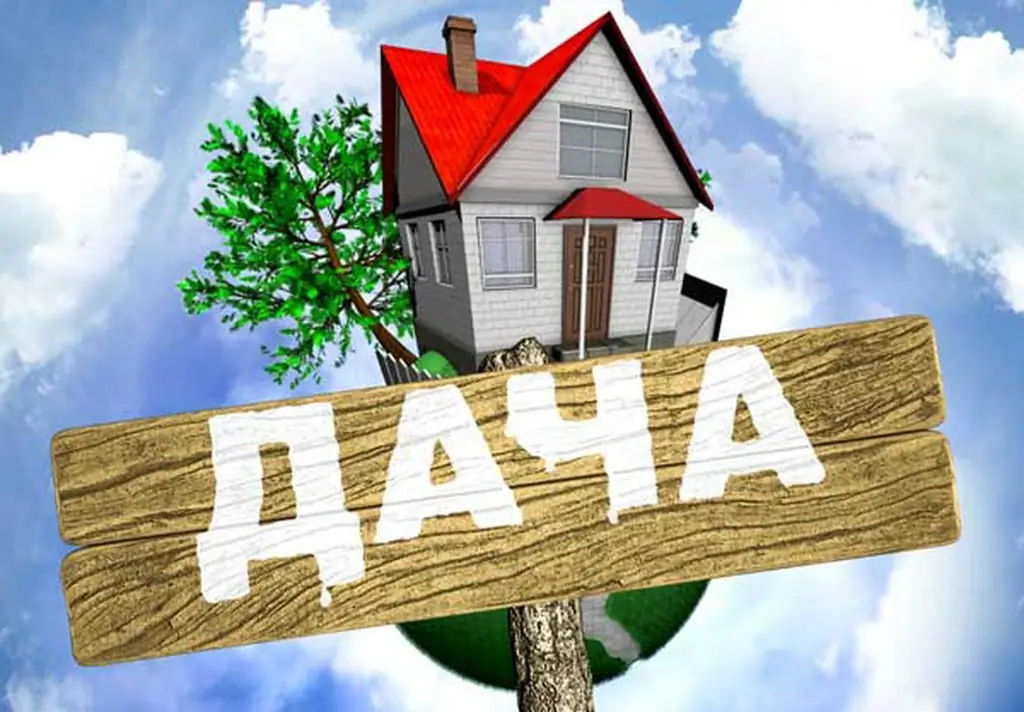
Useful tips for planting and growing dill, parsley. Seed preparation, correct soil treatment
How To Properly Grow A Crystal From Sugar At Home: Recipe + Video
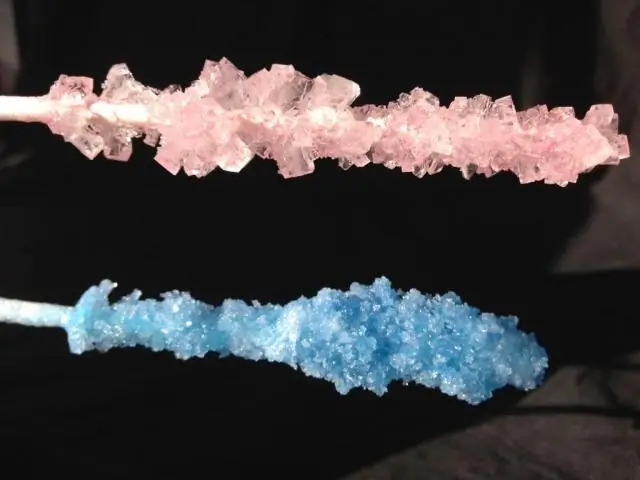
Ways to grow sugar crystals at home. Necessary materials and tools, a detailed description of how to grow on a stick, string
How To Grow Kiwi (at Home From Seeds, Seeds, Etc.) + Video And Photos
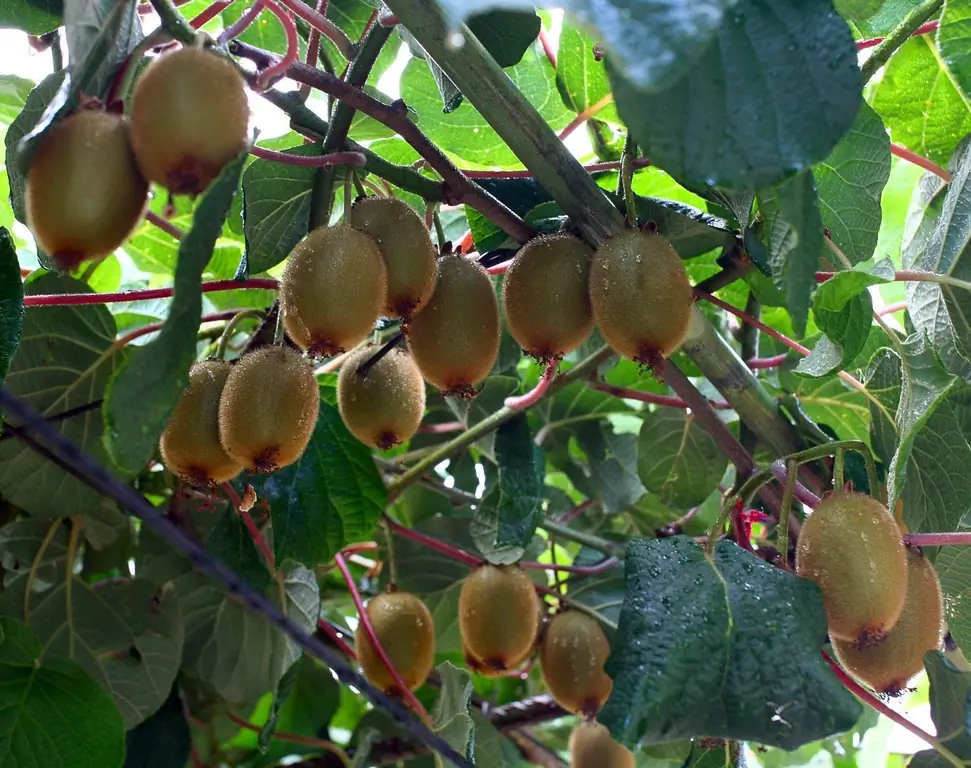
Step by step instructions for growing kiwi at home. Growing from seeds and seeds, taking care of seedlings and plants during the growth period
How To Grow A Crystal From Table Or Sea Salt At Home + Video
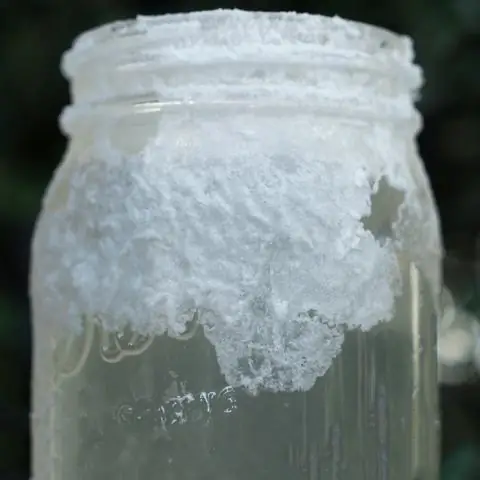
How to grow a crystal from salt: a detailed description of the technology. Materials, tools, features and rules
How To Grow A Truffle At Home (white Or Black) + Video

Truffle: description, useful properties, cultivation possibilities. Conditions that allow you to grow a truffle on the site. Breeding and care technology
